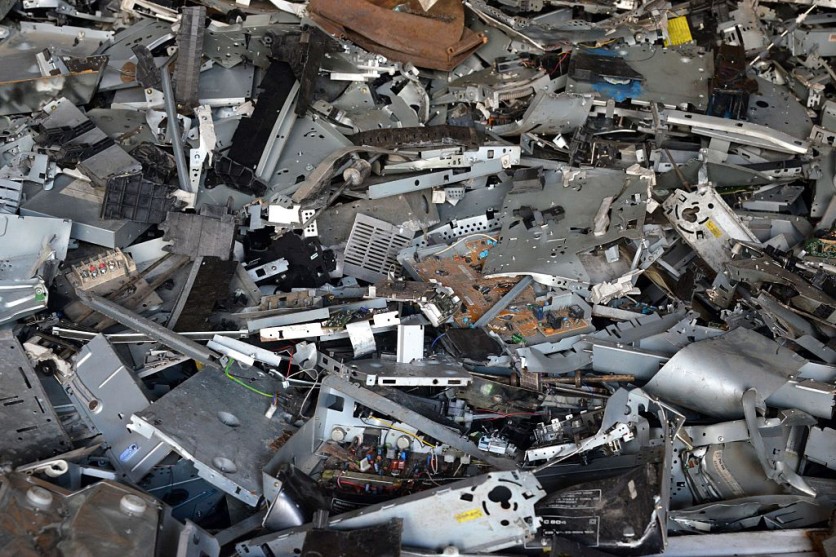Minnesota's electronic recycling bill, which aims to make electronics recycling free for all Minnesotans, has reportedly hit a wall. Several lawmakers and industry associations oppose adding a new tax that might be imposed on consumers.
The program will be funded by a 3.2% retail fee for certain electronics. The bill currently being discussed at the state capitol would increase efforts to recycle electronics.
Despite hearings on it in the House, the Senate has not moved forward with the bill, as some disagree with the tax that would be imposed on consumers.
The electronic recycling bill updates Minnesota's outdated electronics waste law, which was passed in 2007, the year the first iPhone was introduced. The law primarily targets computers and televisions.

The law would make electronics recycling free for all Minnesotans and cover all electronic waste. To finance the program, a 3.2 percent retail levy would be added to the sale of most electronic devices. Cell phones would have a fixed 90-cent cost.
According to State Representative Athena Hollins, the bill's author, the current rates that most Minnesotans must pay to discard outdated computers or printers act as a potential disincentive to proper electronic recycling efforts.
According to Hollins, the cost would be less than what most consumers already spend, which can reach $25 for a $100 printer, to recycle their electronics. She estimated that the retailer cost for the same printer would be roughly $3.
Read Also: International E-Waste Day: Unmasking the Hidden Threat of 'Invisible' E-Waste
Minnesota and Electronic Recycling
Just 20% of electronics in Minnesota are currently recycled, and even at well-known recycling events, consumers occasionally experience shock when they reach the end of the line and discover it will cost them money.
Trash-related electronics wind up in landfills or incinerators, creating many issues. Lead and other hazardous substances that can contaminate the air and groundwater are present in some.
Numerous electronic items have lithium-ion batteries, which have caught fire. Electronics comprise two percent of all waste that ends up in landfills, according to Recycling Electronics for Climate Action co-director Maria Jensen.
Additionally, proponents of the bill contend that as Minnesota and the country move toward a sustainable energy future, recovering precious metals and other minerals from outdated technology is essential.
Global Electronic Waste
Minnesota's electronics recycling bill proves to be more significant than ever.
The United Nations' fourth Global E-waste Monitor (GEM) report recently revealed that the amount of electronic garbage, or "e-waste," being produced worldwide is increasing at an alarming rate and surpassing recycling efforts.
Sources indicate that the astounding 62 million tons of e-waste produced worldwide in 2022 alone could form a line that could round the equator. That amount would fill about 1.55 million 40-ton trucks.
Only a tiny portion of this enormous amount, or 22.3%, was appropriately collected and recycled, leaving behind recoverable natural resources valued at US$ 62 billion and raising the worldwide pollution risk.
The production of e-waste is increasing at 2.6 million tonnes per year. The ITU and UNITAR analysis projects that if current trends continue, the generation of e-waste will reach 82 million tonnes by 2030, a further 33% increase from the 2022 projection.
Related Article: From Waste to Gold: Scientists Use Cheese Byproduct to Extract Gold From Electronic Waste

(Photo: Tech Times)
ⓒ 2025 TECHTIMES.com All rights reserved. Do not reproduce without permission.




